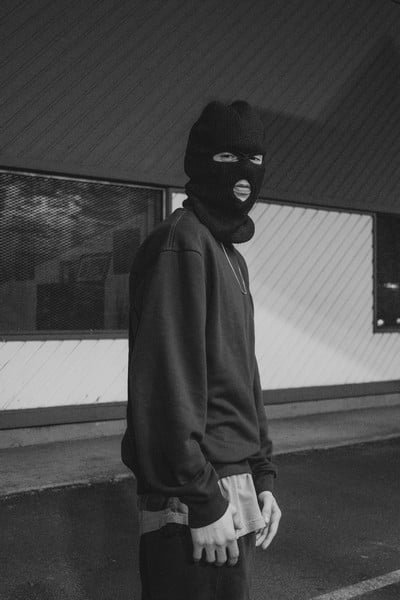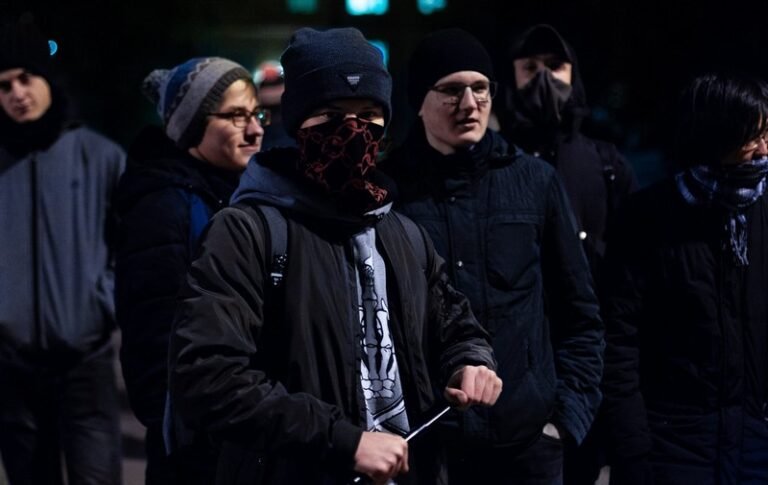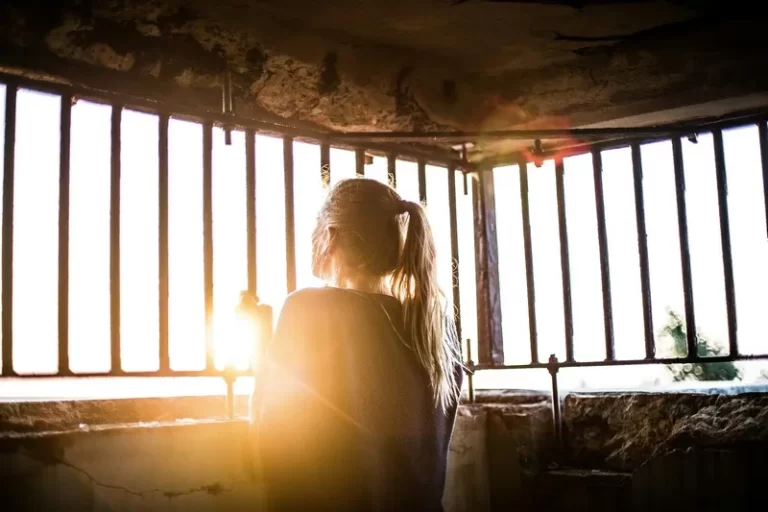Table of Contents
- The Concept of Juvenile Delinquency
- Theoretical Perspectives on Juvenile Delinquency
- Factors Contributing to Juvenile Delinquency
- Consequences of Juvenile Delinquency
- Interventions and Prevention
- Conclusion
Juvenile delinquency refers to the participation of minors, typically defined as individuals under the age of 18, in illegal or antisocial behaviors. This phenomenon is a significant area of study within sociology due to its implications for both the individuals involved and society at large. Understanding juvenile delinquency involves examining a complex interplay of factors, including family dynamics, socioeconomic status, peer influences, and broader societal conditions. In this article, we will explore the various dimensions of juvenile delinquency, its causes, consequences, and potential interventions.
The Concept of Juvenile Delinquency
Juvenile delinquency encompasses a range of behaviors from minor infractions such as truancy and vandalism to more serious offenses like theft, assault, and drug abuse. Unlike adult criminal behavior, juvenile delinquency is often seen as a temporary phase rather than a fixed pattern. Sociologists argue that these behaviors are a response to a variety of social and environmental pressures. Adolescents are in a critical stage of development, where identity formation and social role experimentation are paramount. During this period, individuals are particularly susceptible to influences from their immediate environment.
Theoretical Perspectives on Juvenile Delinquency
Strain Theory
Strain theory, proposed by Robert Merton, posits that juvenile delinquency arises when there is a disconnect between societal goals and the means available to achieve them. Adolescents who perceive a gap between their aspirations and their reality may experience frustration and resort to delinquency as an alternative means of achieving success or coping with their inability to do so. This theory highlights the role of socioeconomic status and the accessibility of legitimate opportunities in influencing delinquent behavior.
Social Learning Theory
Social learning theory, developed by Albert Bandura, suggests that juvenile delinquency is learned behavior. According to this perspective, individuals engage in delinquency through observation and imitation of others, particularly peers and family members. If adolescents are exposed to and reinforced by delinquent behavior within their social circles, they are more likely to adopt similar behaviors themselves. This theory underscores the importance of the social environment and peer group dynamics in shaping delinquent behavior.
Control Theory
Control theory, advanced by Travis Hirschi, argues that delinquency occurs when an individual’s bonds to society are weakened or broken. These bonds include attachment to family, commitment to school and work, involvement in conventional activities, and belief in societal norms and values. When these bonds are strong, they act as a deterrent to delinquent behavior. Conversely, when these bonds are weak, individuals may feel less constrained by societal expectations and more inclined to engage in delinquency.
Factors Contributing to Juvenile Delinquency
Family Dynamics
Family plays a crucial role in the socialization of children and adolescents. Dysfunctional family environments, characterized by neglect, abuse, or inconsistent discipline, can contribute to juvenile delinquency. Parental involvement and supervision are critical in guiding behavior and instilling moral values. However, in cases where parents are absent or ineffective, children may turn to delinquent peers for guidance and support.
Socioeconomic Status
Socioeconomic status is a significant determinant of juvenile delinquency. Adolescents from low-income families are more likely to experience economic strain, limited educational opportunities, and exposure to crime-ridden neighborhoods. These conditions can foster a sense of hopelessness and frustration, leading to delinquent behavior as a means of coping or achieving material success. Moreover, the lack of resources and support systems in impoverished communities can exacerbate these tendencies.
Peer Influence
Peers have a profound impact on adolescent behavior. During adolescence, individuals seek acceptance and validation from their peers, often leading them to conform to group norms and behaviors. If a peer group engages in delinquent activities, members of the group are likely to follow suit to maintain their social standing. Peer influence can be particularly strong in the absence of positive role models and supportive family structures.
Educational Environment
The school environment is another critical factor in juvenile delinquency. Schools that lack resources, have high student-to-teacher ratios, and fail to address the individual needs of students may inadvertently contribute to delinquent behavior. Additionally, academic failure and disengagement from school can lead to a sense of alienation and frustration, pushing students towards delinquency as an alternative means of achieving status or coping with their academic struggles.
Consequences of Juvenile Delinquency
Get the full article AD FREE. Join now for full access to all premium articles.
View Plans & Subscribe Already a member? Log in.





